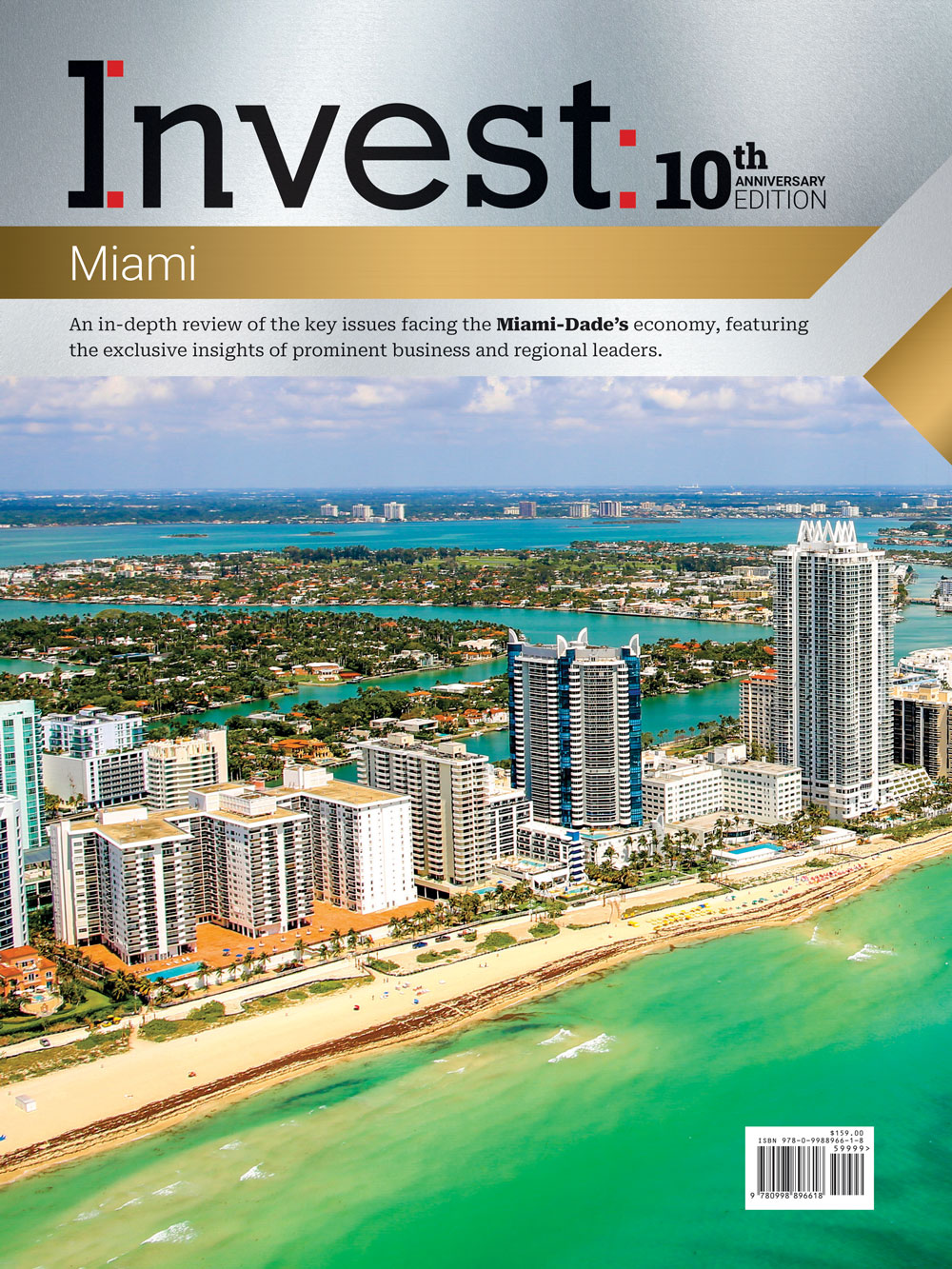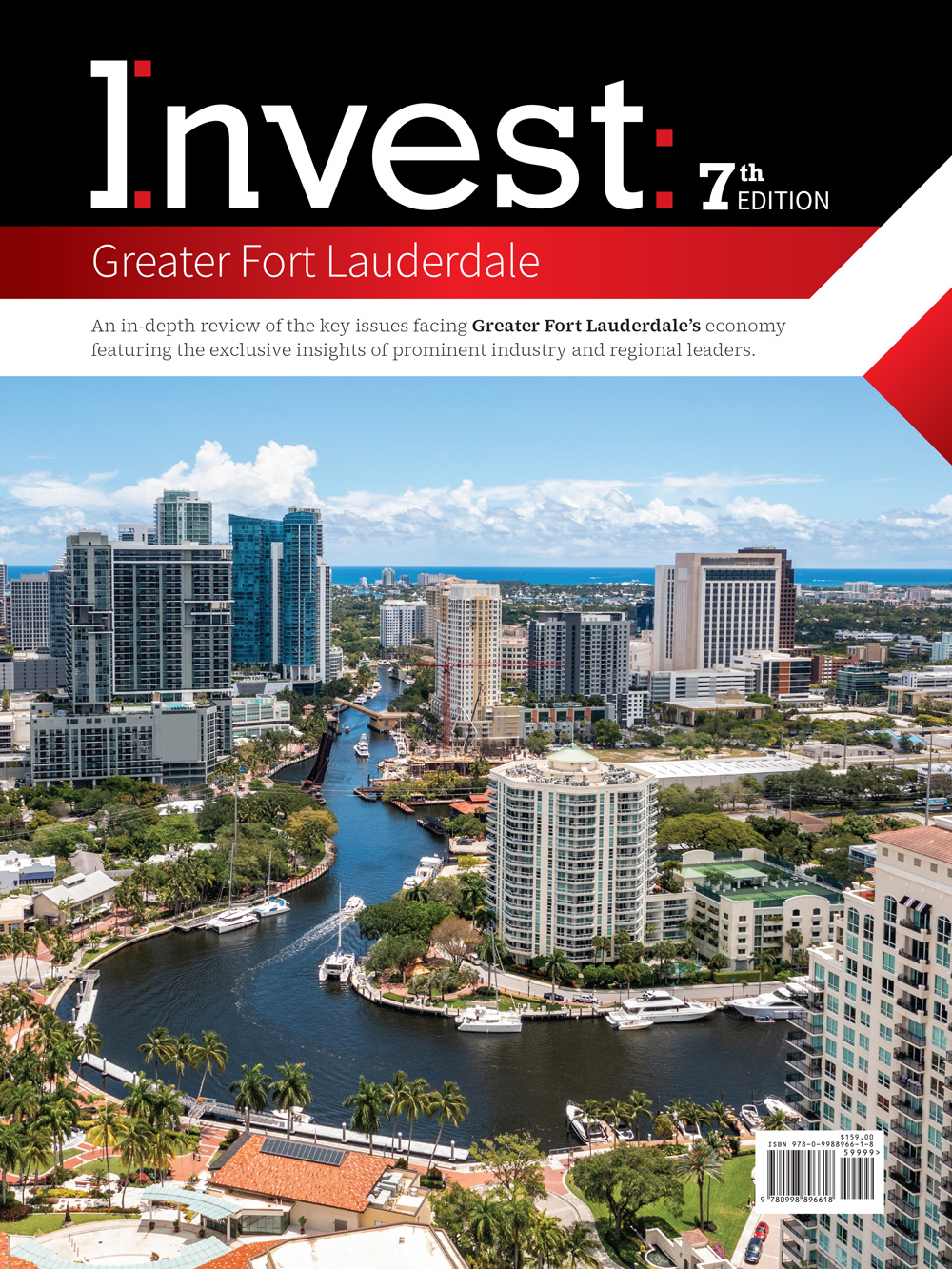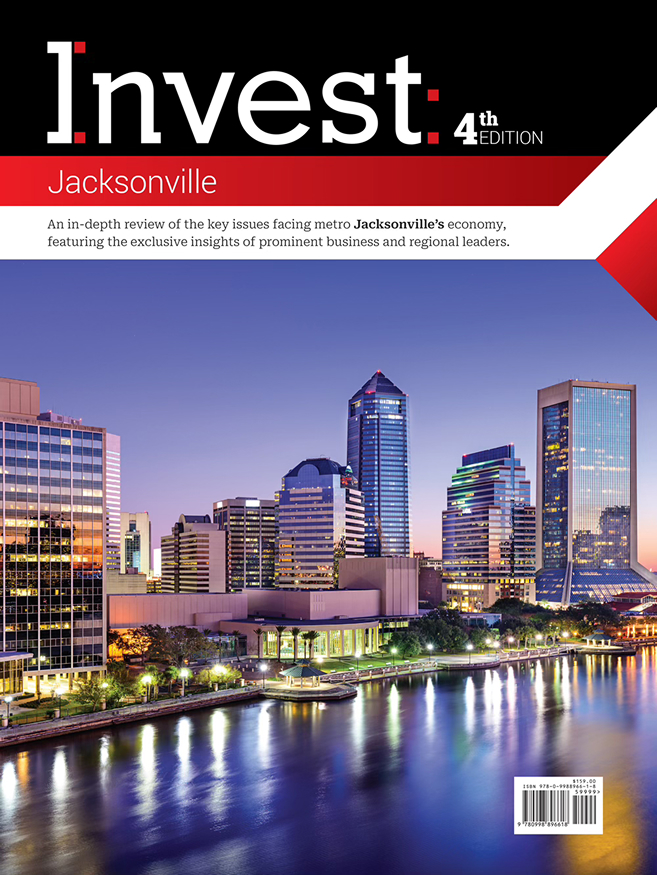Christopher Tasca, President & Co-Founder, Fly Alliance
In an interview with Invest:, Christopher Tasca, president and co-founder of Fly Alliance, reflected on the company’s expansion into international markets and surpassing $200 million in sales. He emphasized the success of the Jet Card membership program, offering a flexible and cost-effective alternative to private jet ownership.
What are some key milestones and achievements for Fly Alliance over the past year?
Fly Alliance has been in business since July 2019, and in just five years, my partner Kevin and I have built a team of over 225 full-time employees across the U.S. and the Middle East, operating a fleet of 25 aircraft.
A key recent milestone is our expansion into international operations, particularly in the Middle East, where we serve Western Europe and the Middle East daily from Dubai. Our flagship Jet Card membership program offers a cost-effective alternative to private jet ownership, allowing customers to purchase flight hours with guaranteed access to specific aircraft.
We started with a $100,000 investment, and this year we’re set to surpass $200 million in sales. But what I’m most proud of is our workplace culture — 225 professionals who love what they do, which leads to an exceptional customer experience.
In Boston, we have 25 full-time employees between the Greater Boston area and Providence, with 45 more at our headquarters in Orlando. We also have a presence in South Florida, Texas, California, and Chicago. Most of our staff are pilots supporting our fleet.
As a company, we’re proud to be a top 20 provider in the U.S., offering a modern alternative to larger, more traditional competitors.
What operational changes have been critical to maintaining your growth and service quality?
Kevin and I have always been outside-the-box thinkers, which was crucial when we started just months before the pandemic. We quickly adapted to changing regulations from 2020 through 2022, ensuring our service remained essential.
A key strength has been staying closely connected with our customers. As president and co-founder, I’m also our top sales rep, keeping direct contact with our 250 Jet Card members. I listen to their feedback and adjust pricing, aircraft availability, and service features based on their needs.
After the pandemic, the U.S. market shifted in 2023, and we had to rebuild relationships with customers, banks, and partners. We restructured agreements and maintained our cash flow and headcount, which allowed us to navigate the economic changes while many competitors went out of business.
What trends are you seeing around evolving customer preferences, and what do you expect for the near future?
In the U.S., our primary market, customers are highly educated and tech-savvy. The main decision-makers for private jet travel are men aged 40 to 75 with an average income of $5 million or more, though we also serve families and executive teams.
These decision-makers are often supported by teams, many of whom are women, who research new providers. Our approach is to listen carefully to what customers want. Unlike larger competitors like NetJets or Flexjet, which offer fixed agreements, we provide flexible, customized services tailored to each client’s specific needs, ensuring a more personalized experience.
What are your plans for fleet expansion and regional growth?
Our focus is on being a better, more cost-effective alternative to larger competitors like NetJets and Flexjet. Even in a down economy, customers want private travel but at a better price point, and Fly Alliance fits that need. We’ve built a $200 million business with 250 active customers, but with over 10,000 private jet users in the U.S., we can grow selectively, ensuring the right fit for both sides.
For fleet expansion, we had a larger fleet in 2023, which brought some challenges. Currently, our fleet is underutilized by 30%, so we’re focusing on increasing membership before expanding further. We’re satisfied with our current size for now.
What are some of the key partnerships that help Fly Alliance provide high-quality service?
We’ve really tailored our partnerships to fit our members’ needs. When someone purchases a Jet Card, they complete an onboarding packet where they share their preferences — where they travel, what type of in-flight amenities they enjoy, and where they prefer to stay. We have a 24/7 membership specialist who acts like a concierge, ensuring those preferences are met.
Some of our key partnerships include the Faena Hotel in Miami and HCB Yachts, a rising center-console yacht company that shares a similar approach to service as Fly Alliance. We also partner with U.S. PGA players who engage with our clients, which adds a unique touch.
A niche we’ve carved out is within motorsports. We have a strong presence of flying members involved in F1, IndyCar, IMSA, and NASCAR. As a car enthusiast myself, I worked with my sales team to develop this sector, and it’s been a great fit for us.
We are launching the Wellness Jet out of Palm Beach this winter, where guests can get anything from an EMS workout to lashes on board; and we’ve partnered with Centner Wellness Biohacking Center in Miami for all of our clients that have a real interest in longevity and medical tourism. We’re working on securing hotel partners in all of our top markets and plan to launch FAR, Fly Alliance Residences, in 2025. It’s crucial for us to collaborate with brands that we trust will treat our customers the same way we do. That’s a big priority for us. Before committing, we meet with these companies and experience firsthand how they treat their customers. We’re also exploring potential partnerships with hotels that uphold the same standards.
How are you addressing safety and environmental sustainability at Fly Alliance?
In our industry, everyone claims to be safe, and while U.S. operators do meet safety standards, we go beyond the minimum requirements. Fly Alliance not only meets but exceeds safety regulations. Behind the scenes, we take a proactive approach, with leadership heavily involved in safety oversight. We have a dedicated team, including our CEO, COO, Chief Pilot, Director of Operations, and a Chief Safety Officer, who meet twice daily to monitor fleet operations and maintenance.
We invest heavily in both the maintenance and aesthetic upkeep of our aircraft to ensure they not only operate safely but also look their best. In terms of third-party safety audits, we meet the top-tier certifications from companies like Argus, Wyvern, and IS-BAO. These audits are not paid for — they involve on-site inspections, and we’re proud to maintain their highest safety standards.
What’s your outlook and top priorities for Fly Alliance over the next two to three years?
The company is privately held by me and Kevin, and we’ve made significant investments over the last two years, which impacted profitability. Right now, we’re in an excellent cash position and are quite attractive to private equity, but I have no intention of selling anytime soon. In fact, I often say we’re just getting started.
We’ve proven the business model works. We’re both family men, financially driven, and focused on building a strong, profitable business. Our goal isn’t necessarily to compete with giants like NetJets or Flexjet, which are billion-dollar companies. I’m aiming for a $500 million business and being a strong alternative in the market.













